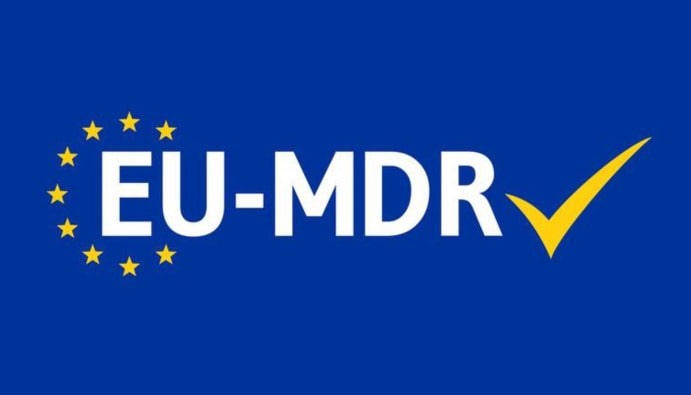
BLOG
KATEGORİDEKİ DİĞER YAZILAR

The EU-MDR introduced significant changes compared to the previous MDD (Medical Device Directive). These changes include stricter regulations, particularly in areas such as clinical data, post-market monitoring, traceability and product classifications.
There are certain steps that medical device manufacturers must follow to comply with the EU-MDR. These steps are critical to ensure the safety of products, verify compliance with regulations and obtain CE marking.
The EU-MDR classifies medical devices into different classes according to their risks and intended use. The product class determines the requirements that must be complied with:
Each class has different requirements. More clinical data and audits are required for high-risk devices.
A detailed technical dossier should be prepared for each medical device. This file should include the design, manufacture, risk assessments and clinical data. The technical dossier is reviewed by the notified body and used to verify the safety of the device. The technical dossier is a key document for compliance with the EU-MDR.
Clinical evaluation is required to verify the efficacy and safety of medical devices. The EU-MDR makes it mandatory to prove the performance and safety of devices based on clinical data.
ISO 13485 is an international standard for the quality management system (QMS) that medical device manufacturers must establish. This system covers all processes from the design and manufacture of devices to after-sales monitoring. The EU-MDR requires manufacturers to establish and implement this quality management system.
Notified bodies audit the quality management systems of medical device manufacturers and the conformity of their products. This audit is carried out to obtain CE marking. The CE marking indicates that the product can be sold safely on the European Union market. The certification process is more detailed and comprehensive for high-risk devices.
Early planning is necessary to comply with the EU-MDR. Manufacturers should take the necessary steps prior to the design of their devices, taking into account the requirements of the regulations.
Clinical data is one of the most important requirements of the EU-MDR. Manufacturers should take care to collect adequate and valid clinical data.
Medical device manufacturers should continuously educate and inform their staff about regulatory changes. This is necessary to manage compliance processes.
Open and continuous communication with notified bodies facilitates the compliance process. Producers must submit all required documentation for audit processes in a timely manner.
1. May 2017 , the MDR was published with an initial effective date of May 2020.
2. May 2020 , the effective date of the MDR is postponed by 1 year due to the Covid pandemic.
May 2021, the MDR becomes applicable and enforceable. All new devices or devices with expired certification must now be MDR compliant.
4. December 2027, all Class IIB and Class III device certificates issued under previous directives that have not yet expired will expire.
5. December 2028, all Class I and Class IIA device certificates issued under previous directives that have not yet expired will no longer be valid. All medical devices marketed in the EU must now carry the MDR CE certificate.
Nanolab Laboratories Group continues to provide services within the scope of Medical Device Analysis.
Contact us for more information.
You can follow us on LinkedIn for up-to-date news and posts about our services.
Follow our Instagram account to be informed about our latest blog posts.